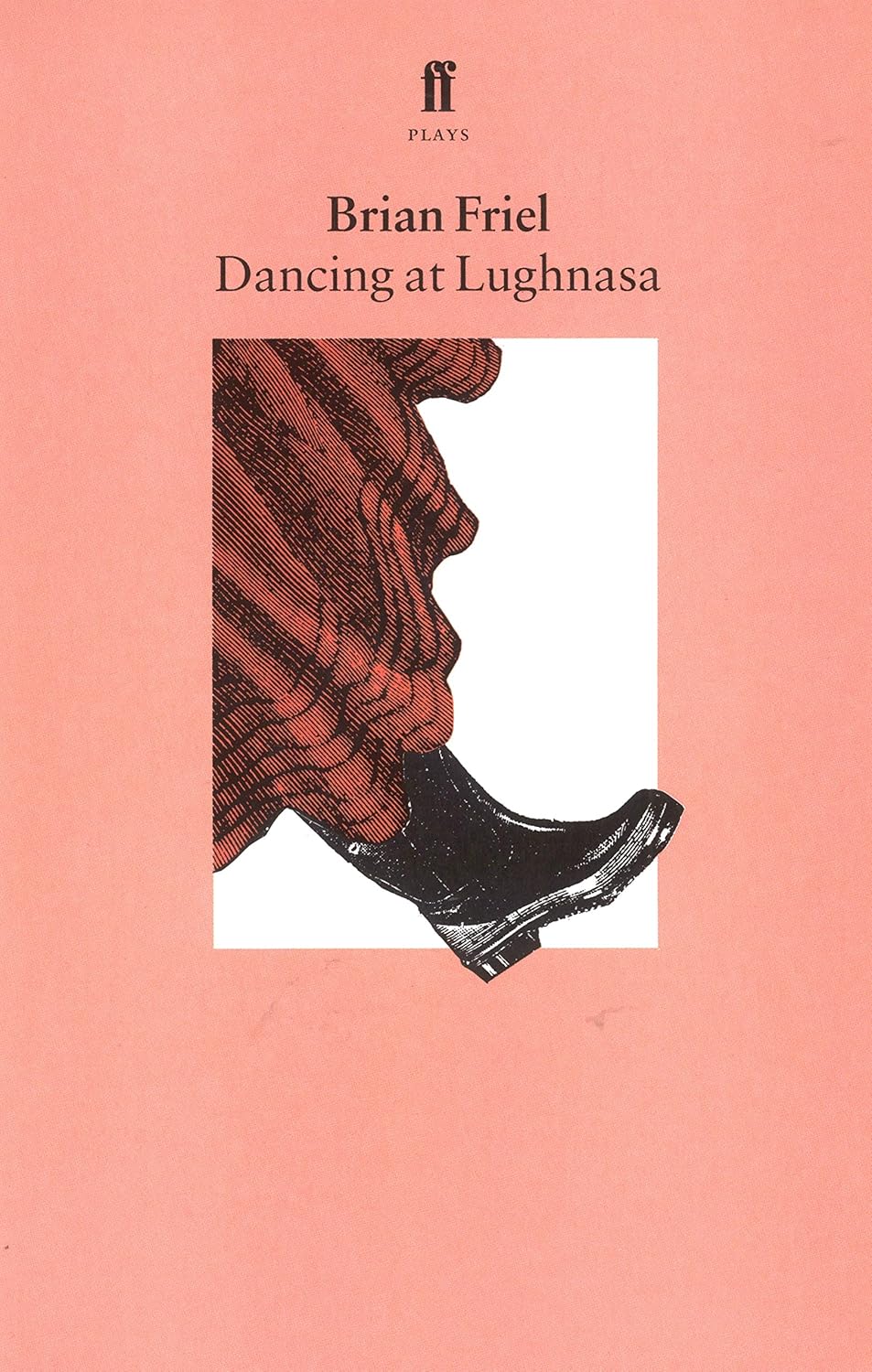When Honesty Isn’t the Best Policy
Picture a man who’s decided to tell nothing but the absolute truth in the most superficial society imaginable. Now place him hopelessly in love with a young woman who embodies everything he claims to hate. This is the delicious premise of Molière’s masterpiece “The Misanthrope,” a comedy that feels more relevant today than when it first premiered in 1666.
Quick Facts
- First performed: June 4, 1666, at the Théâtre du Palais-Royal, Paris
- Original title: Le Misanthrope ou l’Atrabilaire amoureux
- Runtime: Approximately 2 hours and 30 minutes
- Structure: Five acts in rhyming couplets
- Notable adaptations: Martin Crimp’s modernized version (1996), Ivo van Hove’s contemporary staging (2019)
- Form: Written in alexandrines (twelve-syllable lines)
Just want to read the play?

Richard Wilbur’s translation
Written in rhymed couplets by Pulitzer Prize-winning poet Richard Wilbur.
Free version? Try the version on Project Gutenberg: https://gutenberg.net.au/ebooks06/0603001.txt
Historical Context
When Molière premiered “The Misanthrope,” he was at the height of his powers but also embroiled in controversy. His earlier play “Tartuffe” had been banned, and he was under constant scrutiny from religious authorities. The play emerged during the reign of Louis XIV, when the French court had reached new heights of artifice and social manipulation. The salons of Paris were filled with precisely the kind of artistic pretension and social game-playing that the play’s protagonist, Alceste, so despises.
Plot Overview
Alceste, our misanthropic hero, has decided he’s had enough of society’s hypocritical niceties. He declares that from now on, he’ll speak only the unvarnished truth, no matter the consequences. The irony? He’s madly in love with Célimène, a young widow who is the very embodiment of the social artifice he abhors. She’s witty, flirtatious, and maintains a salon where she entertains multiple suitors while gleefully participating in the gossip and backbiting Alceste detests.
As Alceste’s friend Philinte tries to reason with him, we watch our protagonist stumble through a series of social disasters: he insults a nobleman’s poetry to his face, gets entangled in a lawsuit for his honesty, and repeatedly confronts Célimène about her behavior while being unable to break free from his attraction to her. The play culminates in a brilliant scene where Célimène’s private letters mocking her suitors are exposed, leading to a final confrontation between sincerity and social grace.
Themes & Analysis
Truth vs. Social Harmony
At its heart, “The Misanthrope” explores a question we still grapple with today: Is complete honesty always the best policy? Molière presents this through the contrast between Alceste and Philinte. While Alceste insists on brutal honesty, Philinte argues for social lubricant: “The world’s not going to change its ways for you.”
Love vs. Principle
The genius of the play lies in making Alceste fall for someone who represents everything he claims to hate. His love for Célimène forces him to constantly compromise his principles, creating both comedy and pathos.
Social Satire
Molière’s portrait of salon society remains startlingly relevant. Switch the setting to social media, and suddenly Célimène’s witty character assassinations look remarkably like today’s tweet storms.
Revolutionary Elements
What made “The Misanthrope” revolutionary was its subtle complexity. Unlike Molière’s broader comedies, this play presents no clear moral victor. Alceste isn’t entirely wrong in his criticism of society, but his rigidity makes him ridiculous. Meanwhile, the more flexible characters might be hypocrites, but they’re also more capable of navigating life’s complexities.
Cultural Impact
The play has influenced countless works dealing with social hypocrisy and the cost of truth-telling. Its DNA can be found in everything from Edith Wharton’s novels to contemporary TV shows like “Curb Your Enthusiasm,” where Larry David could be seen as a modern Alceste.
Staging & Performance
The play presents unique challenges for modern productions. The formal alexandrine verse structure must be handled carefully in translation, and directors must decide how to make 17th-century French court manners relatable to contemporary audiences. Martin Crimp’s acclaimed 1996 adaptation moved the action to contemporary London, turning Célimène into a film star and Alceste into a playwright.
Reading Guide
Best Translations
- Richard Wilbur (most poetic, maintains verse form)
- Tony Harrison (more colloquial but sharp)
- Maya Slater (excellent prose version for readability)
Reading Tips
- Pay attention to the way characters use language as a weapon
- Notice how Alceste’s behavior contradicts his stated principles
- Watch for the subtle ways Molière suggests that both extreme positions (total honesty and total artifice) are untenable
Contemporary Relevance
In an era of “brutal honesty” influencers and cancel culture, “The Misanthrope” feels remarkably current. The tension between authentic self-expression and social harmony continues to dominate our cultural conversation. Alceste’s dilemma – how to maintain integrity in a corrupt world – speaks directly to contemporary concerns about navigating social media and professional life while staying true to one’s principles.
Discussion Questions
- Is Alceste a hero or a fool?
- Does Célimène’s behavior make her villainous, or is she simply playing by society’s rules?
- How would social media change the dynamics of the play if it were set today?
- What’s the play’s ultimate stance on honesty versus social politeness?
Fun Facts & Trivia
- Molière himself played Alceste in the original production
- The play was written while Molière was dealing with his own romantic troubles
- Despite its now-classic status, it was less popular with contemporary audiences than his broader comedies
- The character of Célimène was likely inspired by Armande Béjart, Molière’s young wife
Why This Play Endures
“The Misanthrope” remains powerful because it refuses easy answers. It’s a comedy that’s also a tragedy, a social satire that’s also a love story, and a period piece that feels utterly contemporary. Its central question – how to live honestly in a society that often rewards dishonesty – has never stopped being relevant.
Additional Resources
- “Molière: A Theatrical Life” by Virginia Scott
- “The Misanthrope and Other Plays” by Molière (Oxford World’s Classics)
- The Comédie-Française’s archival recordings
- “Molière: A New Criticism” by W.G. Moore
Whether you’re a first-time reader or returning for another look, “The Misanthrope” offers a perfect balance of entertainment and insight. It’s a masterclass in comedy that makes you think, and a social satire that makes you feel. In short, it’s exactly the kind of play you should read before you die.







Leave a Reply